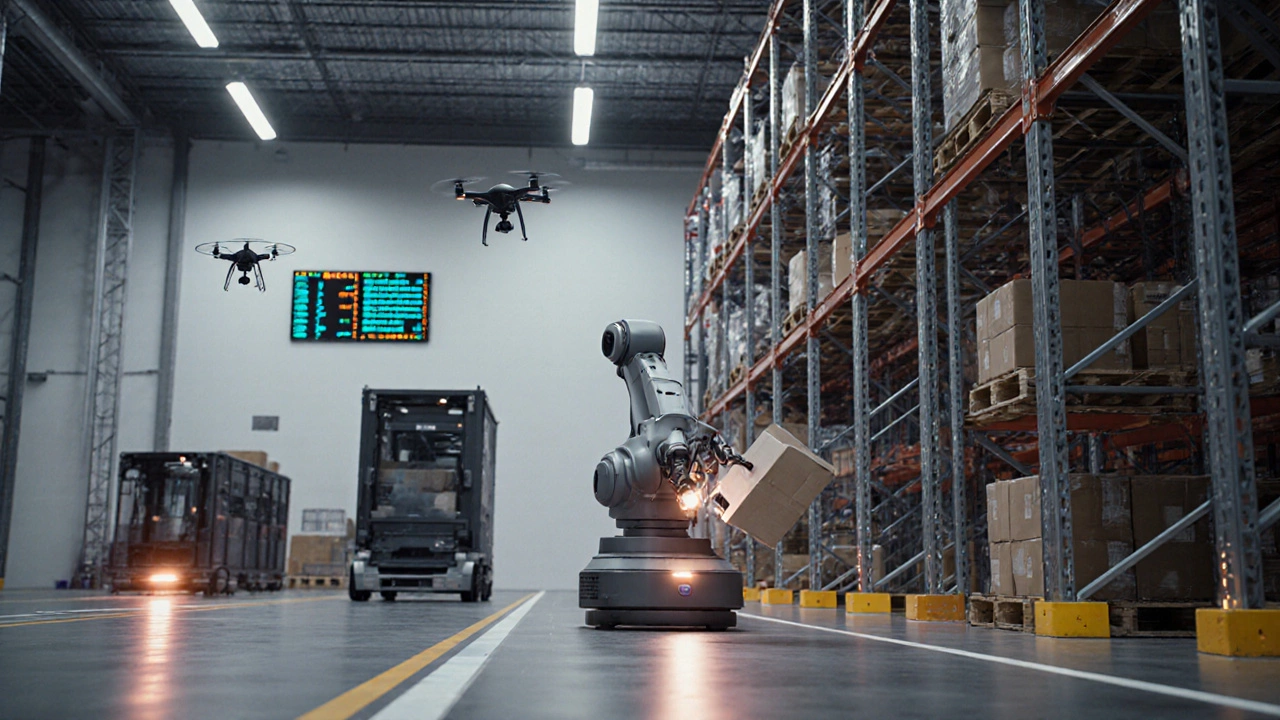Modern Warehouse Technologies: Robotics, AI, and IoT Tools for 2025
When you hear modern warehouse technologies, the advanced systems and tools transforming how goods are stored, picked, and shipped in today’s logistics networks. Also known as smart warehouse systems, it’s no longer about just stacking pallets—it’s about making every movement faster, smarter, and cheaper. This isn’t science fiction anymore. It’s what’s running warehouses from Mumbai to Delhi, helping businesses cut labor costs, reduce errors, and deliver packages in half the time.
At the heart of this shift are three big players: warehouse robotics, automated machines that move goods without human hands, AI in logistics, software that predicts stock needs, spots bottlenecks, and even schedules shifts, and IoT in warehousing, sensors on shelves and pallets that send real-time data on location, temperature, and stock levels. These aren’t separate tools—they work together. A robot picks an item, the IoT sensor tracks it moving through the aisle, and the AI decides where the next order should go next. It’s a chain reaction that turns chaos into calm.
You don’t need a Fortune 500 budget to use these tools anymore. Smaller warehouses in Jaipur or Coimbatore are using cloud-based WMS systems that integrate with basic robots and sensors for under ₹5 lakh. The key isn’t buying the fanciest gear—it’s picking what solves your real problems. Are you losing time finding items? Then automated picking systems matter. Are you overstocking or running out of stock? AI forecasting can fix that. Are your workers tired from walking miles a day? Mobile robots can carry the load instead.
This is why the posts below cover everything from SAP’s role in warehouse automation to how digital twins help plan layout changes before you move a single shelf. You’ll find real comparisons between WMS and ERP, cost breakdowns for automation, and even how drones are being tested in Indian warehouses. There’s no fluff—just what works, what’s overhyped, and what you can actually implement next month.
Top Modern Warehouse Technologies in 2025
Explore the latest warehouse technologies-robots, drones, IoT, cloud WMS, and more-and learn how they boost speed, accuracy, and scalability in 2025.
Read More